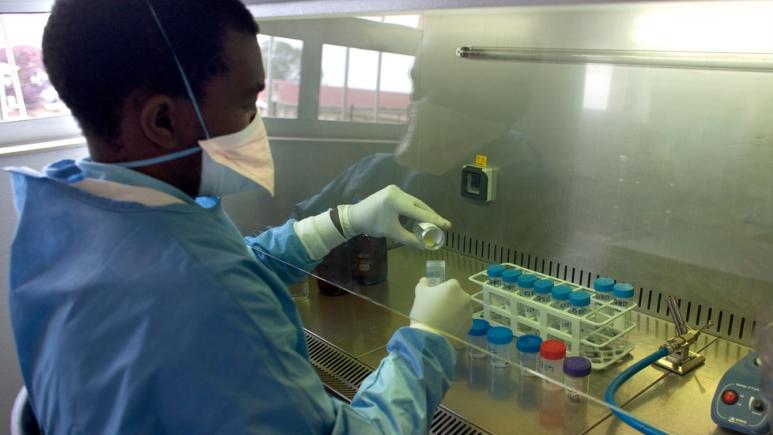Performance of a New Diagnostic Test for Tuberculosis among HIV Patients
CONTEXT
Tuberculosis remains the leading cause of death in HIV-infected patients. Insufficient diagnostic tools remain a major barrier, reducing the ability to control the disease. Diagnostic methods using gene amplification tests (PCR, Polymerase Chain Reaction) such as GeneXpert MTB/RIF are still not widely available due to cost, power requirements and laboratory infrastructure. Also, biological diagnosis by direct examination of sputum from patients infected by the TB mycobacteria is positive in a low proportion of HIV-infected patients with active tuberculosis.
FUJI LAM
Fuji LAM is a new test for tuberculosis, a rapid test using the patient's urine and giving a result within one hour. The performance of this test to diagnose tuberculosis in HIV-positive patients would be higher than the already marketed test, the TBLAM Ag assay (Alere LAM).
ASSESSING THE DIAGNOSTIC PERFORMANCE
The study proposed by Epicentre aims to assess the diagnostic performance of Fuji LAM in HIV-infected patients on fresh urine samples from HIV-positive patients with signs of tuberculosis and patients with advanced HIV disease but no signs of tuberculosis. This study would also compare the performance of the two tests, Fuji LAM and Alere LAM, and will assess mortality six months after the use of this test. This study also aims to assess the feasibility of using FujiLAM and its acceptability by patients and medical staff.
The study will take place in four health facilities in 4 African countries: Mbarara Hospital in Uganda, Homa Bay District Hospital in Kenya, Alto Maé Health Center in Mozambique, and Eshowe Gateway clinic in South Africa.
EXPECTED OUTCOME
The expected outcome of this research is to demonstrate the good performance and feasibility of Fuji LAM for the diagnosis of tuberculosis in HIV-positive patients. The study will inform WHO, the national programs and the international scientific community on the diagnostic performance and other implementation aspects of the test.
This project has received a funding commitment from the ANRS (Agence Nationale de Recherche sur le SIDA et les hépatites virales).







